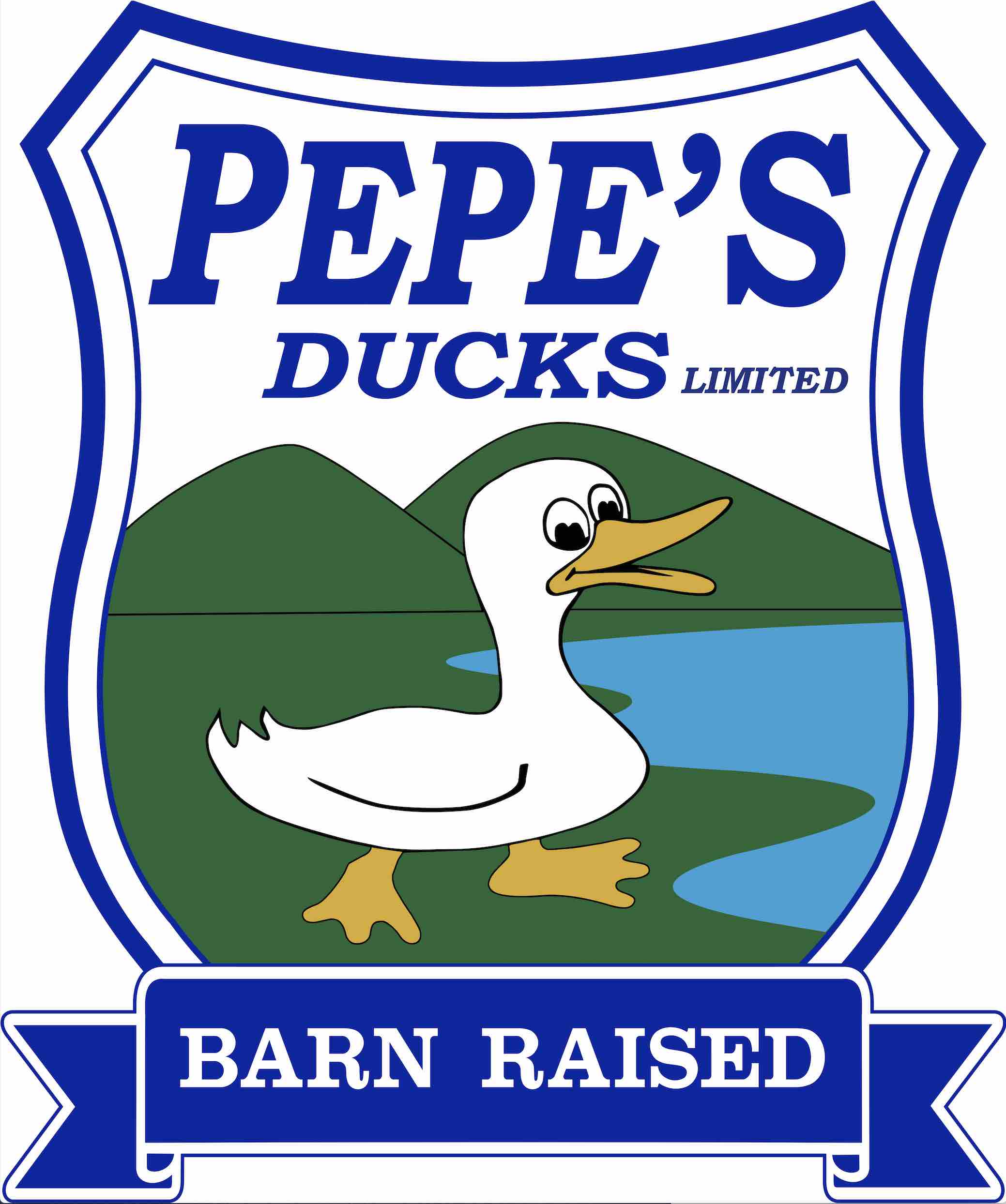If you love working with meat, then you have probably heard about dry-aging. It is a painstaking, but highly worthwhile process known for tenderizing meat and really enhancing its flavour. This is accomplished by basically getting rid of the meat’s moisture content by putting it in a cold, air dry environment.
But while you may have seen people dry age briskets and steaks, what about ducks?
Well as it turns out, dry aging ducks is definitely a thing. But as with dry aging any kind of poultry, the process can be considerably different from beef or pork.
That is why you won’t find a lot of butchers willing to sell dry-aged ducks as a product. On the other hand, many of the finest restaurants around the world are willing to invest in the process because it allows them to add a higher level of quality to their best-selling recipes.
Now does this mean this is out of the reach for home cooks? Surprisingly, no!
It is really just a matter of how much you want to invest in your own culinary knowledge and resources. That said, here is a short checklist to test if you are ready for a bold attempt at dry-aging duck:
1. The time and the tools.
The best dry-aged ducks take about two weeks to mature and tighten. You also need a lot of refrigerator space so either make room, or have a separate one for all your dry-aging projects. You can’t dry age ducks in a special bag like most other meats. You’ll need to have them hung up in a very clean and cold space. It’s also highly recommended that you only dry age the ‘crown’ of the duck (which means you have to carve off the wingtips, the legs and most of the back).
2. A clear image of what you want from the results.
When you dry-age a duck, you want to make sure you know exactly what you want: a very tender, low moisture meat with no signs of contamination. Avoid opening the storage as much as you can but also make sure to have it clean between times you check up on the duck’s drying process.
3. The technique and recipe to finish the job.
Lastly, you want to make sure you know what you want to make with the now very tender meat. Most of the time, people make dry-aged duck crowns for delicious roast breast recipes that have soft, flavorful meat and very crispy skin. That means carving out and trimming any extra fat on the breasts once the dry-aging is done while also making sure the delicate meat isn’t overcooked.
Overall, there is a lot to prepare. But if you can pull it off, you can expect to really wow a lot of friends and family with the dinners you’ll be making from this master chef technique.

